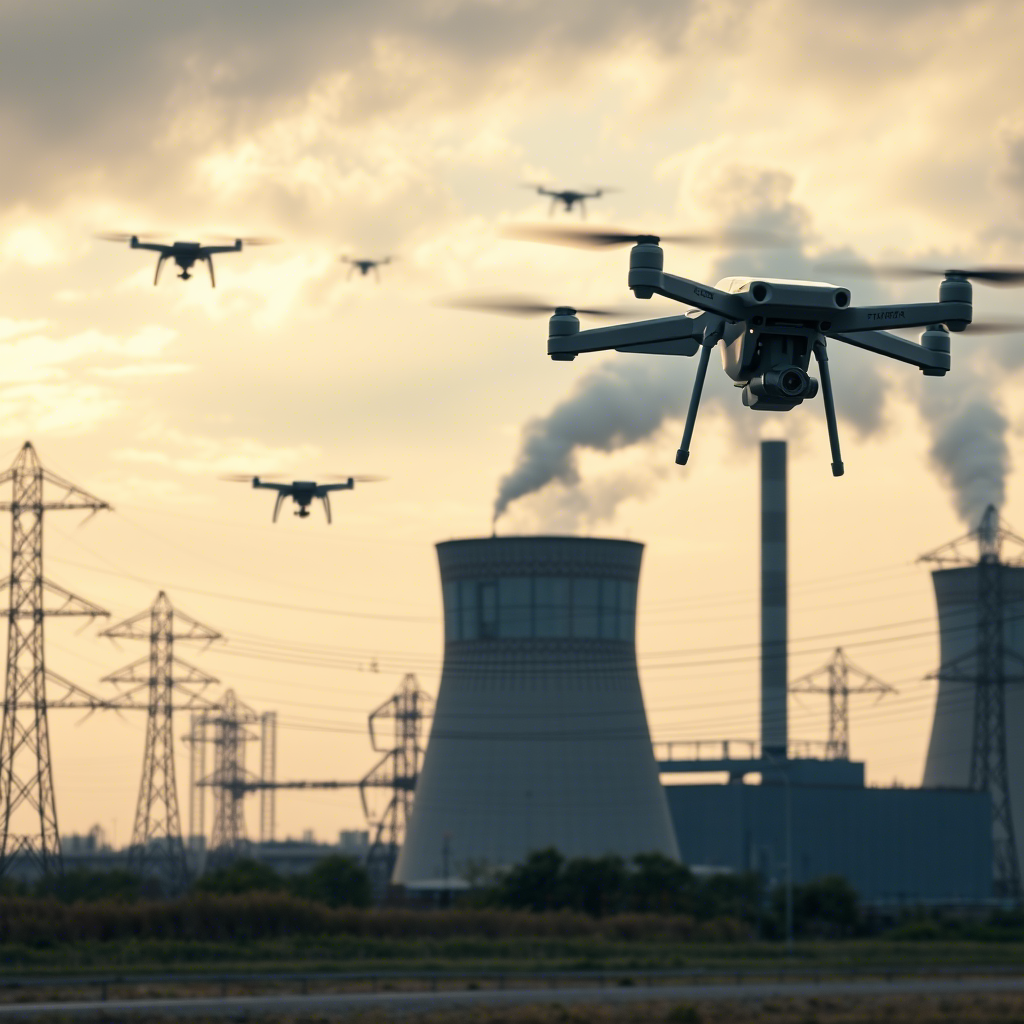Troubleshooting common problems of agricultural drones
Common Troubleshooting Steps for Agricultural Drone Issues
Agricultural drones are complex systems, and operational failures can disrupt critical tasks like crop spraying or monitoring. Identifying and resolving common problems quickly ensures minimal downtime. Below are structured approaches to diagnosing and fixing typical issues.
Power and Battery-Related Failures
Unexpected power loss or failure to start often stems from battery or electrical issues. Begin by checking the battery’s charge level using the remote controller or drone’s onboard display. If the battery is depleted, recharge it using a compatible charger, ensuring no physical damage like swelling or leaks.
Inspect battery connectors for corrosion or loose connections, which can interrupt power flow. Clean terminals with a cotton swab dipped in isopropyl alcohol if residue is present. For drones with multiple batteries, test each one individually to isolate faulty units. If the issue persists, examine the power management board for burnt components or loose wiring, which may require professional repair.
Connectivity and Signal Interruptions
Weak or lost communication between the drone and remote controller is a frequent challenge. Verify that both devices are powered on and within the manufacturer-specified range, typically 1–3 kilometers for most agricultural models. Avoid flying near large metal structures, power lines, or dense foliage, as these can interfere with radio signals.
Check antenna positioning on both the drone and controller. Bent or damaged antennas reduce signal strength. Recalibrate the compass and IMU (Inertial Measurement Unit) through the drone’s software, as misalignment can cause erratic behavior. If using a tablet or smartphone as a display, ensure its firmware and the drone’s app are updated to the latest versions to prevent software-related disconnections.
Motor and Propulsion System Malfunctions
Unresponsive motors or abnormal vibrations during takeoff indicate propulsion issues. First, inspect propellers for cracks, warping, or debris entanglement. Replace damaged propellers immediately, as imbalanced rotation stresses motors and reduces flight stability.
Listen for unusual noises during motor startup, such as grinding or clicking, which suggest worn bearings or gear damage. Manually spin each motor to check for resistance or stiffness, applying a light lubricant if needed. Ensure motor wiring is secure and free of fraying, as loose connections can trigger overheating or failure. If a motor fails to spin despite power, test it with a known-good ESC (Electronic Speed Controller) to determine whether the issue lies in the motor or control system.
Sensor and GPS Accuracy Problems
Inaccurate altitude readings, drift during hovering, or failure to lock GPS signals compromise mission precision. Clean the drone’s barometer and ultrasonic sensors with compressed air to remove dust or insect residue, which can distort environmental readings. Verify that the drone’s firmware includes the latest GPS algorithm updates, as manufacturers frequently refine positioning accuracy through software.
For persistent GPS errors, recalibrate the system in an open area away from tall buildings or trees. Check the satellite view in the controller’s app to confirm signal strength (typically 10+ satellites for reliable fixes). If the drone relies on visual positioning systems (VPS), ensure the downward-facing cameras are unobstructed and the landing gear is clean, as dirt on lenses or sensors can mislead altitude calculations.
Software and Firmware Glitches
Freezing screens, delayed responses, or sudden app crashes disrupt mission planning and execution. Restart both the drone and remote controller to clear temporary software bugs. Update all firmware components, including the flight controller, battery management system, and payload modules, as mismatched versions can cause conflicts.
If the issue persists, perform a factory reset through the drone’s settings menu, then restore configurations from a recent backup. Avoid installing unofficial third-party apps, as these may lack compatibility checks and introduce vulnerabilities. For recurring errors, consult the manufacturer’s support portal or community forums to identify widespread issues tied to specific firmware releases.
By systematically addressing these categories of problems, agricultural drone operators can resolve most operational hiccups independently, reducing reliance on external repair services and maintaining efficient workflows during peak seasons.

